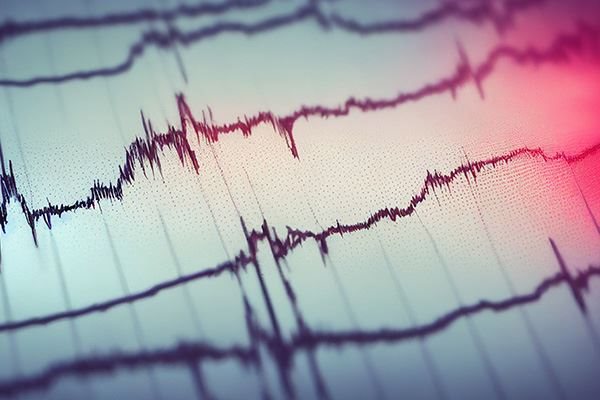
What is the Earthquake Regulation and Why is it Important?
In Turkey, which is considered an earthquake-prone country, the earthquake regulation is extremely important. The aim of the earthquake regulation is to ensure that buildings are constructed to be resistant to earthquakes. With this regulation, certain standards related to earthquakes are established, and constructions are completed in line with these standards. Turkey's first earthquake regulation came into force in 1975. However, following large and destructive earthquakes, the regulation has been improved. To ensure public safety in terms of life and property, updates are made to the regulation as severe earthquakes occur.
The earthquake regulation sets certain rules regarding building materials, building design, building inspection, earthquake insurance, and other related topics. Buildings are completed in accordance with these rules. For example, the type of materials used in a building, the building's layout plan, soil structure, and environmental conditions fall under the scope of the earthquake regulation. The regulation also includes guidelines on how buildings should behave during an earthquake. Based on this information, the goal is to increase the resilience of the building planned for construction during a potential earthquake. In short, the earthquake regulation covers the design, construction, inspection, and supervision of buildings. Additionally, it specifies necessary measures to ensure the safety of buildings after an earthquake. It also includes requirements for insuring buildings against earthquakes.
Complying with the earthquake regulation is essential to prevent earthquake-related destruction. Especially topics like concrete and steel quality, soil surveys, and others should be thoroughly investigated, and regular maintenance and inspections should be carried out. Since our country is located in an earthquake zone, it is necessary to take preventive measures conscientiously. In this regard, the earthquake regulation is of vital importance in minimizing potential earthquake damage.







